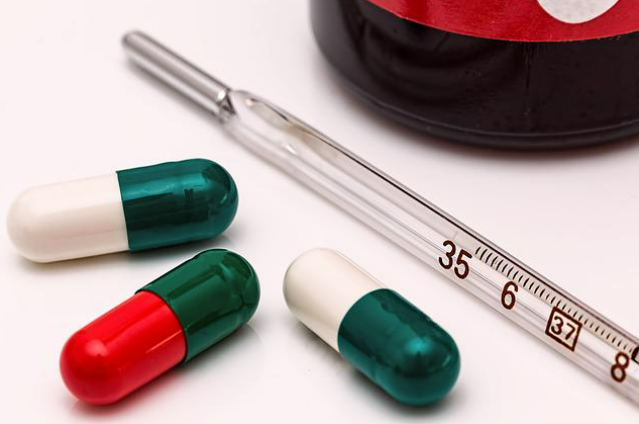
When British Columbia has decriminalised small amount of some illicit drugs next year, Canada will join a growing number of countries that have taken strides toward removing penalties for drug use. Canada recently decided that from Jan.31, adults in B.C. will be allowed to possess up to 2.5 grams of opioids, cocaine, methamphetamine, and MDMA - a signal it will treat addiction as a mental health issue rather than a judicial one. Back in 2001, faced with a crisis of heroine overdose deaths, Portugal became the first country in the world to decriminalise the possession and use of all illegal drugs. Instead of sending people to court for drug possession, it's model focuses on education, treatment, and harm reduction.
Significance of the move:
Canada's move is the latest among the series of policy tweaks that are being either contemplated or executed by different countries to re-adjust their response to the ongoing global 'war on drugs'.
What is the 'war on drugs'?
In 1961, the UN passed the Single Convention on Narcotic Drugs which sought to prohibit the production and supply of various substances through international cooperation.
This marked the beginning of a global campaign to eradicate the use of illicit drugs and their production, called the ‘War on Drugs’.
The campaign believed that the prohibition of drugs would reduce consumption.
Present scenario:
In a 2011 report, the Global Commission on Drug Policy stated, “The global war on drugs has failed, with devastating consequences for individuals and societies around the world.”
The report claimed that in the period that such a campaign has been in play, the global market of illegal drugs has not been curtailed, but in reality, has grown.
World Drug Report 2021:
- Around 275 million people used drugs globally in the last year. Over 36 million people suffered from drug use disorders.
- The rise in the use of cannabis during the pandemic has been reported by most countries.
- Non-medical use of pharmaceutical drugs has also been observed in the same period.
- The latest global estimates say, about 5.5 percent of the population between 15 and 64 years have used drugs at least once in the past year.
- Over 11 million people globally are estimated to inject drugs – half of them have Hepatitis C.
- Opioids continue to account for the largest burden of disease linked to drug abuse.
Major Reasons for Drug Abuse are peer pressure, economic stress, changing cultural values, experimentation, neurotic pleasure, and ineffective policing.
Drug abuse cases and numbers in India:
According to the National Crime Records Bureau’s Crime in India 2020 report, a total of 59,806 cases were lodged under NDPS Act. In 2019, there were 3.1 crore cannabis users and 2.3 crore opioid users.
The Indian Government has taken several policies and other initiatives to deal with the drug trafficking problem:
- The ‘Nasha Mukt Bharat Abhiyaan’ or a ‘Drugs-Free India Campaign’ was flagged off on 15th August 2020 across 272 districts of the country found to be most vulnerable based on the data available from various sources.
- The Ministry of Social Justice & Empowerment has begun the implementation of a National Action Plan for Drug Demand Reduction (NAPDDR) for 2018-2025.
- The government constituted the Narco-Coordination Centre (NCORD) in November 2016.
- The government has constituted a fund called the “National Fund for Control of Drug Abuse” to meet the expenditure incurred in combating illicit traffic in Narcotic Drugs; rehabilitating addicts, and educating the public against drug abuse, etc.
. . .
References:
